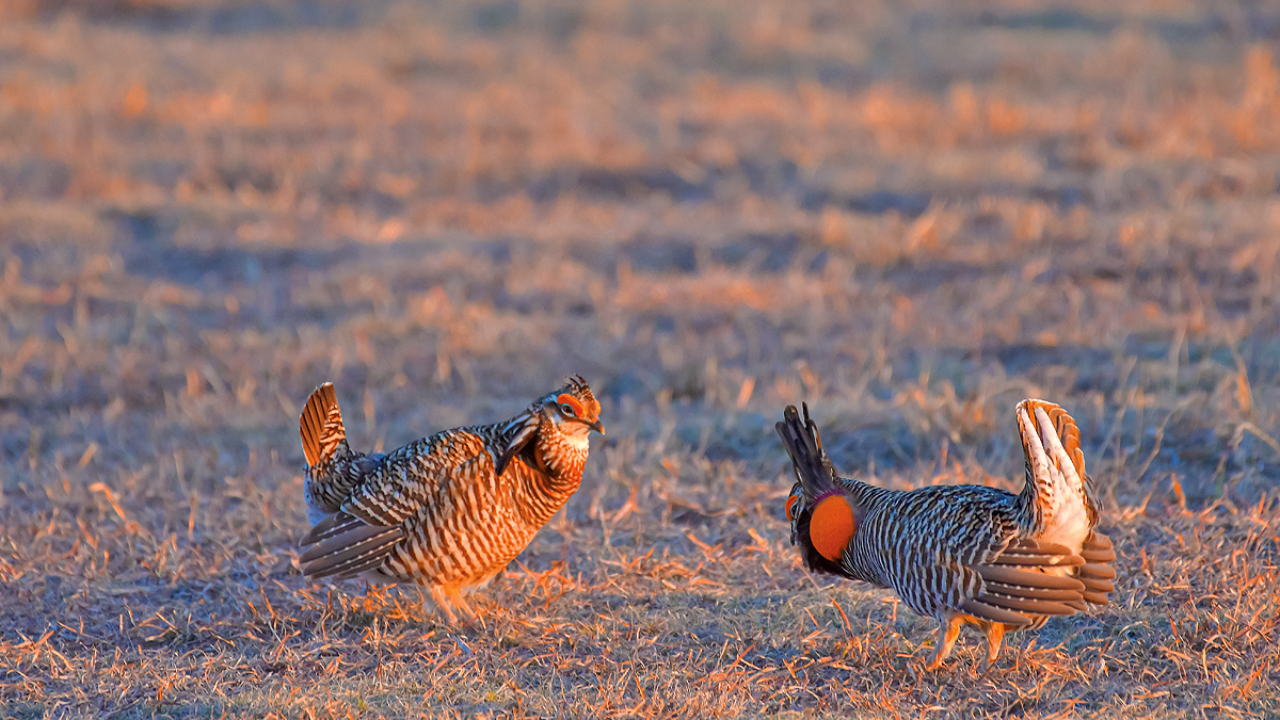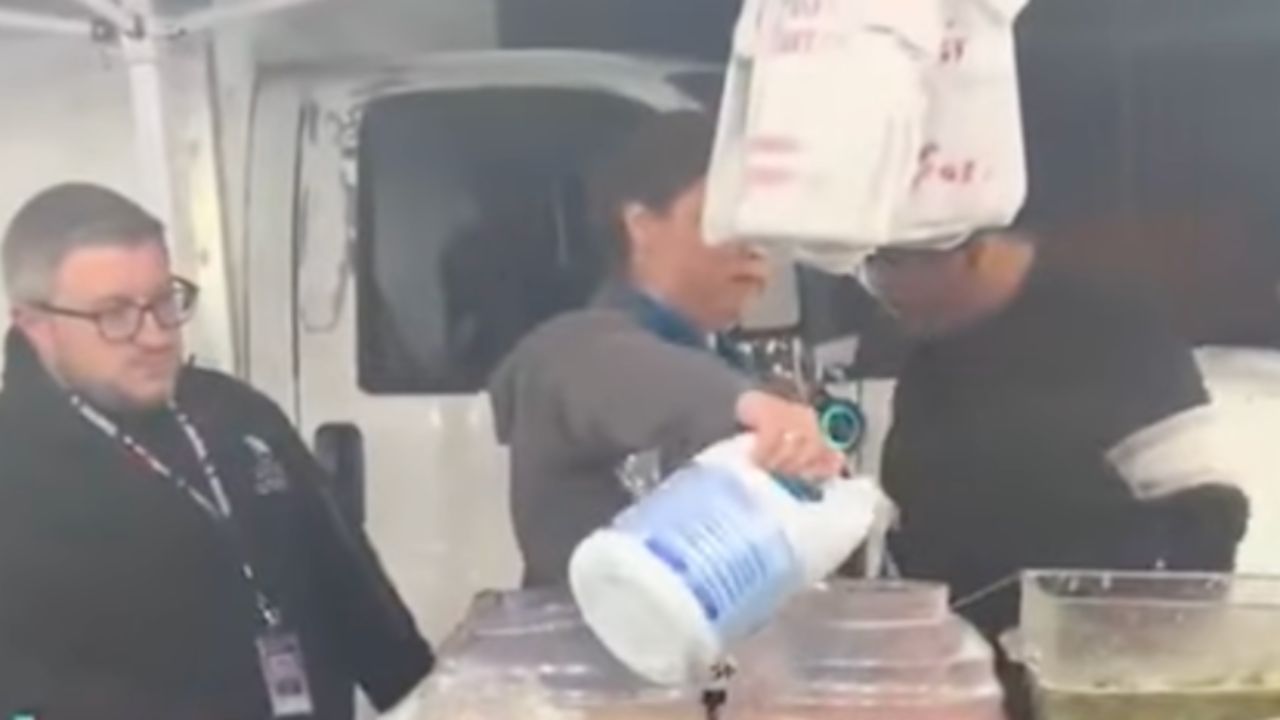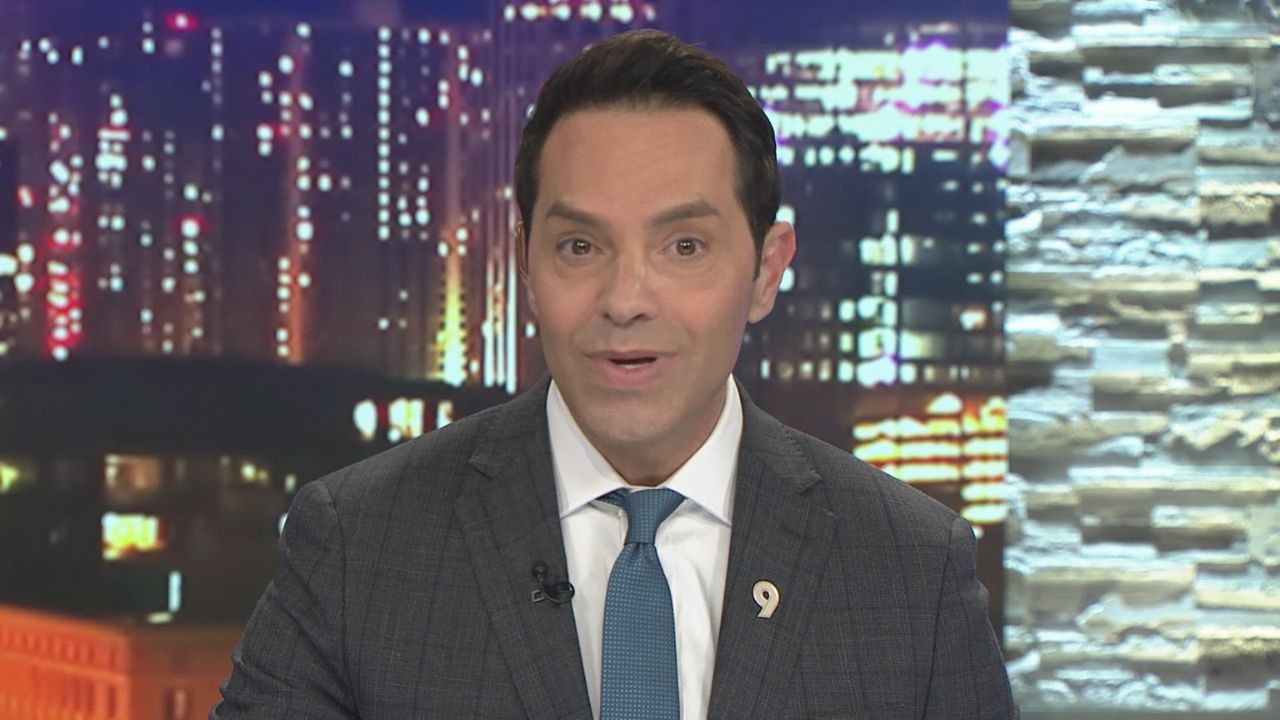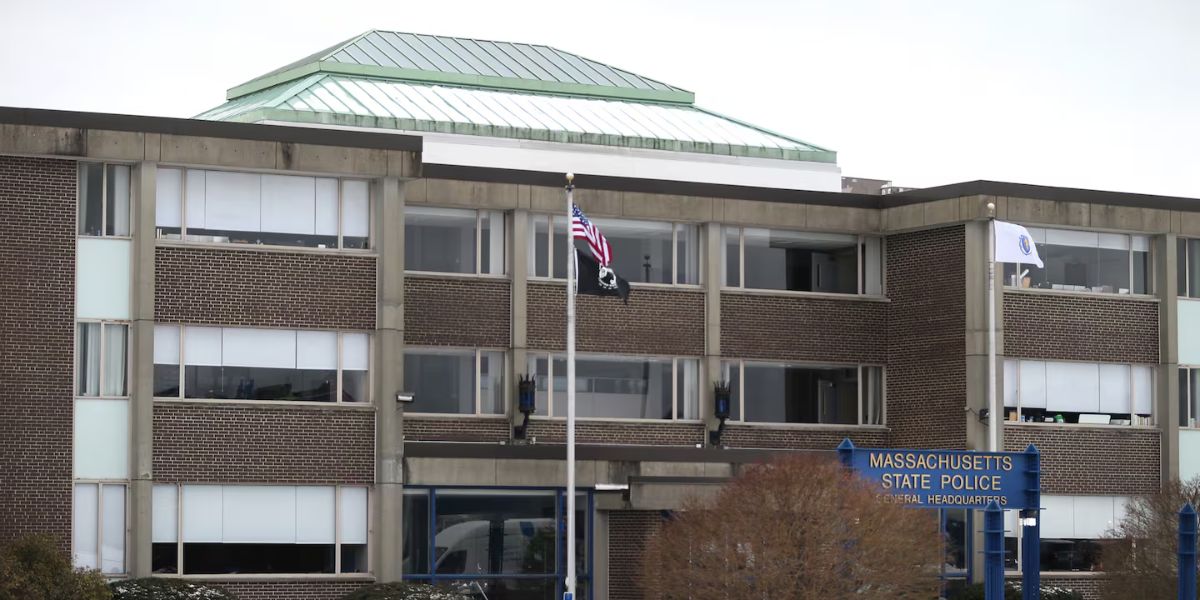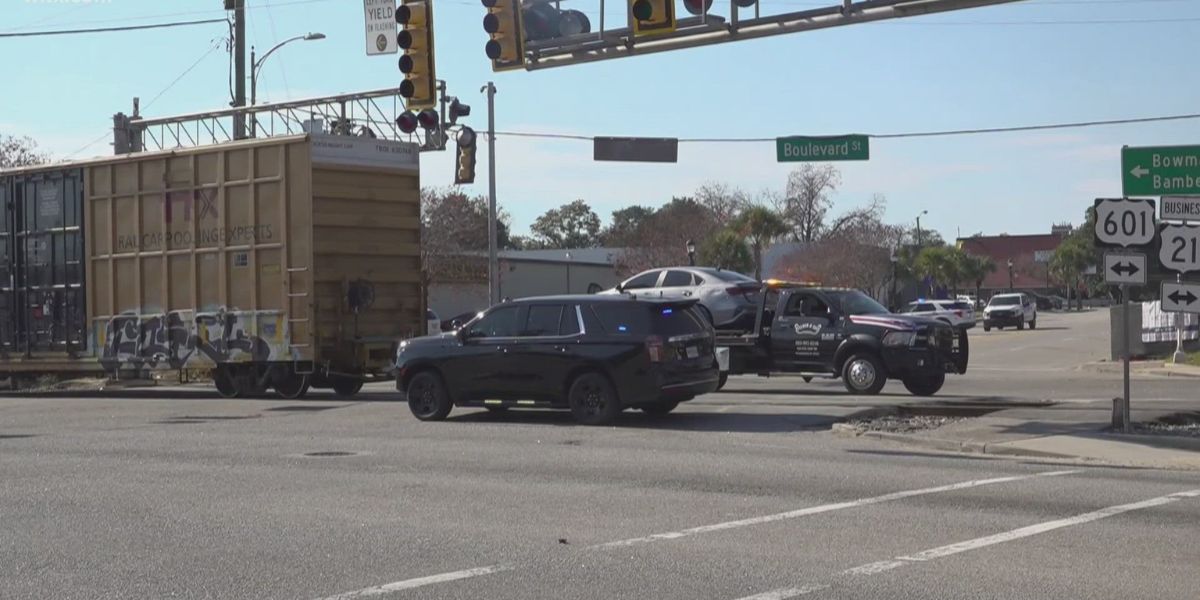The greater prairie chicken, once considered nearly gone from Colorado’s grasslands, is now making a surprising return to the state’s Eastern Plains.
After years of absence and intense habitat loss, recent sightings and conservation efforts have brought new hope for the future of this rare and iconic bird.
The greater prairie chicken is a ground-dwelling bird native to North America’s tallgrass prairies. Known for its booming mating calls and puffed orange air sacs, it is considered a symbol of healthy prairie ecosystems.
But decades of farming, grazing, and development across the plains had severely reduced its habitat, pushing the bird to the brink of local extinction in Colorado.
For many years, greater prairie chickens were missing from Colorado’s landscape. The bird was not seen in the state for nearly six decades.
Conservationists feared it was gone for good. However, in recent months, wildlife experts and local bird watchers have reported multiple sightings of the bird across parts of the Eastern Plains, especially in areas that have undergone restoration.
The return of the greater prairie chicken has not happened overnight. It’s the result of long-term efforts by wildlife agencies, conservation groups, and private landowners.
Projects aimed at restoring native grasslands, limiting certain types of agricultural activity, and improving habitat conditions have made a big difference.
Experts say that the bird’s return is not just a win for biodiversity but also for the environment as a whole. The greater prairie chicken is considered an indicator species.
This means its presence often shows that an ecosystem is healthy and functioning well. So, when these birds come back, it usually means the land is also recovering.
The recent reports have brought excitement to both scientists and local residents. Biologists from Colorado Parks and Wildlife have confirmed the sightings and are closely monitoring the areas. They are now working on plans to protect these populations and encourage further growth.
Interestingly, the greater prairie chicken seen in Colorado is believed to be part of a population that has expanded from neighboring states like Kansas.
Some birds may have naturally migrated as grassland conditions improved. Others may have come as a result of regional efforts that connect conservation corridors between states.
Local farmers and ranchers have also played a key role in this comeback. Many have partnered with conservation programs that pay landowners to manage their fields in a way that supports wildlife. In doing so, they’ve helped bring back the natural balance that these birds depend on.
Although the population is still small, conservationists are hopeful. They believe that if current efforts continue, the greater prairie chicken could once again become a regular presence on Colorado’s plains. They also hope this success story will inspire similar efforts for other threatened species across the region.
However, challenges remain. Habitat loss and climate change continue to pose serious threats. Experts warn that without continued funding and public support, these early gains could be lost.
That’s why wildlife agencies are encouraging more people to get involved in prairie conservation—whether through volunteering, education, or simply spreading awareness.
For now, though, the return of the greater prairie chicken is being celebrated as a rare piece of good news for Colorado’s wildlife. It shows that with patience, planning, and persistence, nature can bounce back—even in places where hope once seemed lost.
Disclaimer- Our team has thoroughly fact-checked this article to ensure its accuracy and maintain its credibility. We are committed to providing honest and reliable content for our readers.
